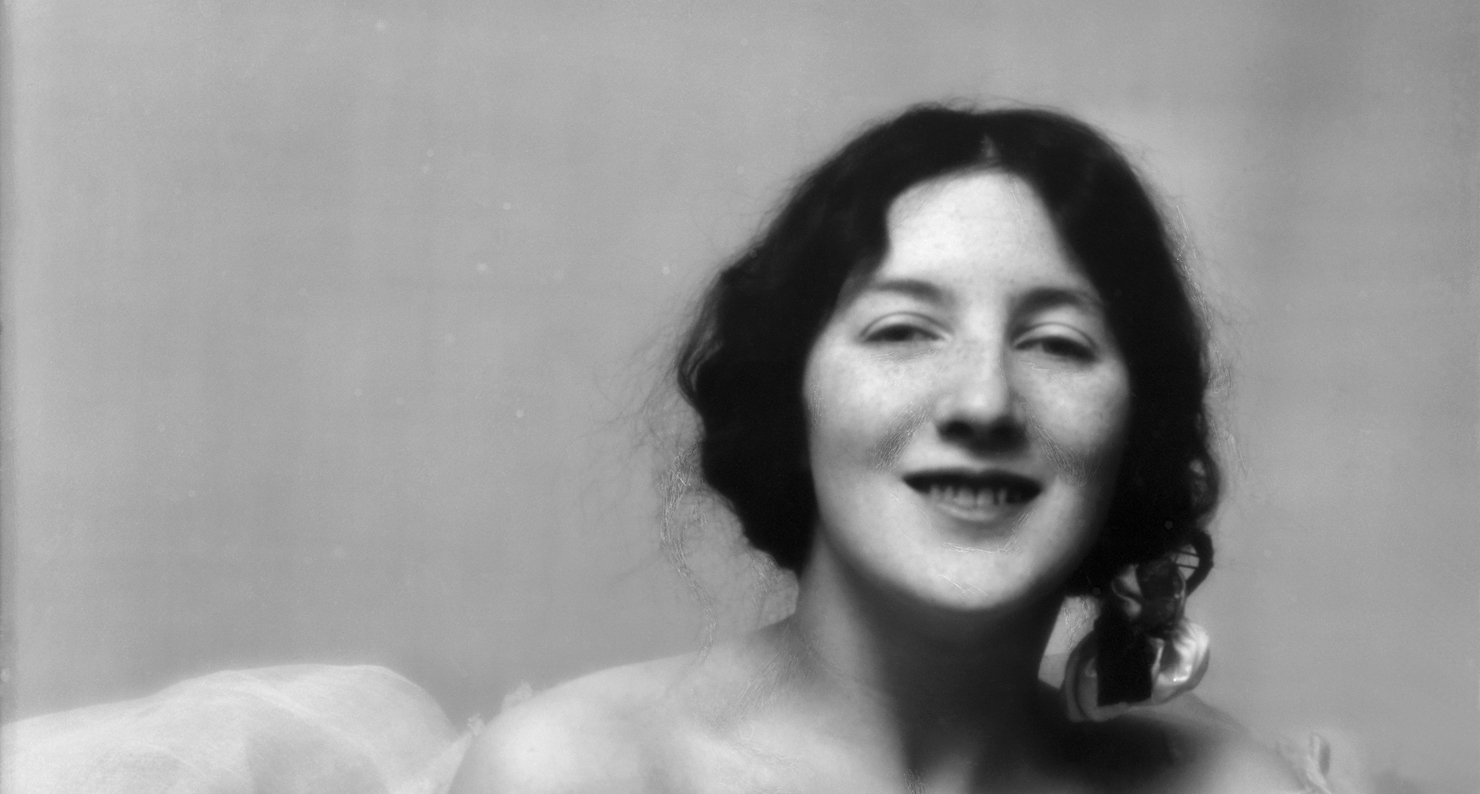
Model Audrey Munson, 1915. Library of Congress.
• The dark secrets of Mary Wollstonecraft’s con-man lover. (JSTOR Daily)
• Impotence and divorce in pre-Revolutionary France: “Intimate parts of the citizenry’s flesh could be policed and questioned, limbs and organs regulated by external forces. The procreative couple—married, of course—were required, not just or even to love each other, but to perform their conjugal duty by law, each submitting to intercourse at the other’s request. For the sexually impotent, it was an impossible task. In fact, the impotent husband, even if he’d entered into marriage unaware of his condition, was considered to have committed a larcenous act.” (Paris Review Daily)
• How to move a historic house. (Curbed)
• Fashion as philosophical text: “What if the world could open up to us with the tug of a thread, its mysteries disentangling like a frayed hemline? What if clothes were not simply reflective of personality, indicative of our banal preferences for grey over green, but more deeply imprinted with the ways that human beings have lived: a material record of our experiences and an expression of our ambition? What if we could understand the world in the perfect geometry of a notched lapel, the orderly measures of a pleated skirt, the stilled, skin-warmed perfection of a circlet of pearls?” (Aeon)
• What does it mean to be Kafkaesque? No one knows! (The Guardian)
• Audrey Munson was the early twentieth century’s most celebrated nude model: “While there are only five historic women among the city’s numerous monuments, other anonymous women are immortalized in bronze, granite, and marble as allegorical figures, goddesses, and angels. Munson is unrivaled in these portrayals, appearing in countless early 20th-century statues, from the seated figures that once guarded the Manhattan Bridge and are now installed outside the Brooklyn Museum, to the gilded lady on the top of the Manhattan Municipal Building, to a duo of marble sculptures by Daniel Chester French in the atrium of the Metropolitan Museum of Art.” (Hyperallergic)